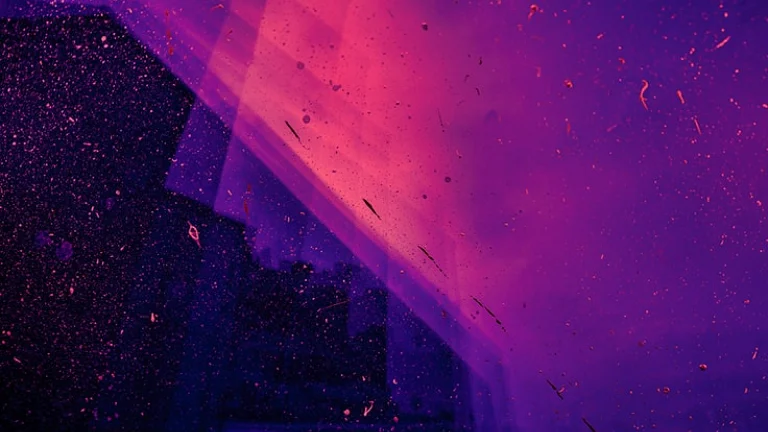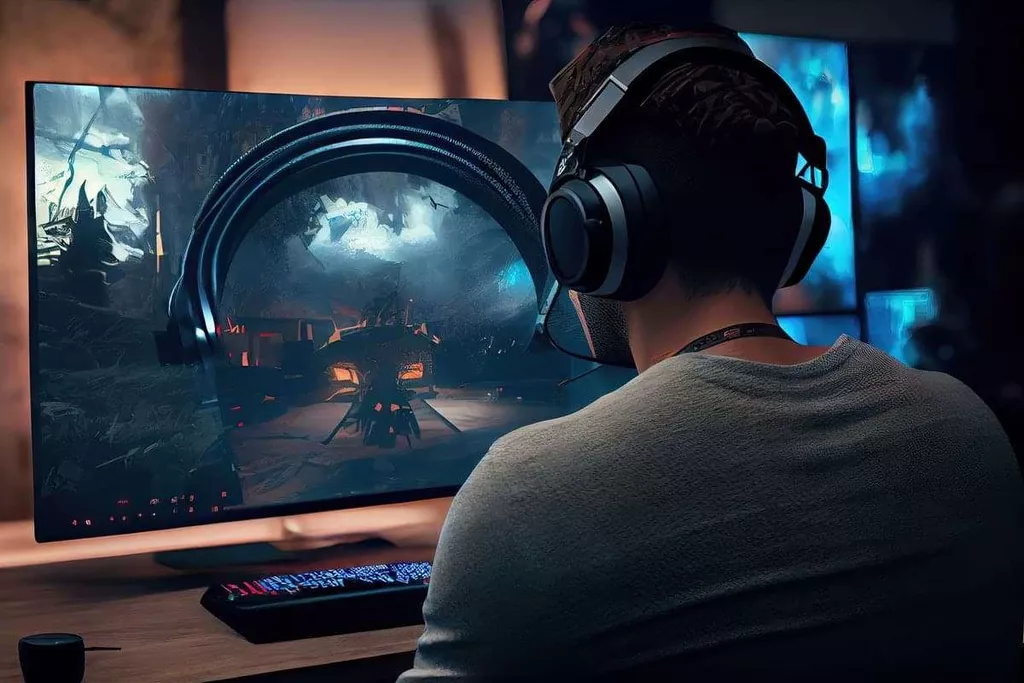Despite the wince-inducing price tag (popular headsets are priced from $299 to $999) , VR gaming remains the most accessible way for consumers to experience the technology. Steam, the largest PC gaming marketplace, reports a 32 percent year-over-year growth of VR game sales. According to its monthly report, almost 2 percent of Steam’s customers own a VR headset, which makes up around 2.4 million active monthly users of the service.

Overall, this literature review shows how virtual reality technology has the potential to be a greatly beneficial tool in a multitude of applications and a wide variety of fields. VR as a technology is still in its early stages, but more people are becoming interested in it and are optimistic about seeing what kind of changes VR can make in their everyday lives. With how rapidly modern society has adapted to personal computers and smartphones, VR has the opportunity to become the next big technological turning point that will eventually become commonplace in most households. In the world of education and training, the future of virtual reality has already arrived. Schools and universities worldwide are leveraging virtual reality trends to provide immersive learning experiences.
Metaverse: the big VR story of 2023
It will be enabled and augmented by other tech trends, including super-fast networking, that will let us experience VR as a cloud service just like we currently consume music and movies. And artificial intelligence (AI) will provide us with more personalized virtual worlds to explore, even giving us realistic virtual characters to share our experiences with. The seeds for virtual reality were planted in several computing fields during the 1950s and ’60s, especially in 3-D interactive computer graphics and vehicle/flight simulation. Navy, and its successor project, the SAGE (Semi-Automated Ground Environment) early-warning radar system, funded by the U.S. Air Force, first utilized cathode-ray tube (CRT) displays and input devices such as light pens (originally called “light guns”).

In addition, the actual HMD’s devices can be now combined with other tracker system as eye-tracking systems (FOVE), and motion and orientation sensors (e.g., Razer Hydra, Oculus Touch, or HTC Vive). Regarding the system performance, the eyebox is generally large enough (~10 mm) to accommodate different user’s IPD and alignment shift during operation. From the k-vector analysis, we can conclude https://www.globalcloudteam.com/ the theoretical upper limit is determined by the waveguide refractive index. But the light/color uniformity also influences the effective FoV, over which the degradation of image quality becomes unacceptable. Current diffractive waveguide combiners generally achieve a FoV of about 50°. To further increase FoV, a straightforward method is to use a higher refractive index waveguide.
VR for Physical Therapy
Phones featured compact high-resolution displays; they contained tiny gyroscopes and accelerometers; they boasted mobile processors that could handle 3D graphics. And all of a sudden, the hardware limitations that stood in the way of VR weren’t a problem anymore. Moving beyond stereoscopes and toward those magical glasses took a little more time, however. In the late 1960s, a University of Utah computer science professor named Ivan Sutherland—who had invented Sketchpad, the predecessor of the first graphic computer interface, as an MIT student—created a contraption called the Sword of Damocles. Apple announced its entry into the VR market with the Apple Vision Pro, an upcoming mixed-reality headset announced on June 5, 2023, at its 2023 Worldwide Developers Conference (WWDC). Oculus Quest, Facebook’s standalone headset, created a lot of interest and momentum, selling out in many locations and generating $5 million worth of content sales.
Compared with the past, the immersion and interaction of devices are improved, but there is still a lot of room for development. The portability of the device is not enough, and students cannot use the device to study anytime, anywhere. Mobile devices such as mobile phones, although portable, must be combined with other devices such as VR glasses to simulate the VR environment. The immersion and interaction of this VR environment Sex will be greatly reduced, and it is expected that researchers in the future can break through the technical difficulties and solve this problem. Third, in the literature studied, only a few researchers have conducted VR training and teaching guidance for students before class. The lack of guidance will cause students to operate equipment irregularly and cause some unnecessary problems.
VR Technology Consulting and Development with ScienceSoft
While remarkable progresses have been made to adopt freeform surfaces16,17,18, to further advance AR and VR systems requires additional novel optics with a higher degree of freedom in structure design and light modulation. To mitigate the above-mentioned challenges, diffractive optics is a strong contender. Unlike geometric optics relying on curved surfaces to refract or reflect light, diffractive optics only requires a thin layer of several micrometers to establish efficient light diffractions. Two major types of diffractive optics are HOEs based on wavefront recording and manually written devices like surface relief gratings (SRGs) based on lithography. While SRGs have large design freedoms of local grating geometry, a recent publication19 indicates the combination of HOE and freeform optics can also offer a great potential for arbitrary wavefront generation. Furthermore, the advances in lithography have also enabled optical metasurfaces beyond diffractive and refractive optics, and miniature display panels like micro-LED (light-emitting diode).
- This allows for the viewer to have a sense of direction in the artificial landscape.
- The color dispersion in this case will occur because there is no cancellation of k-vector.
- If RGB lasers are used, the collimation optics can be eliminated, which greatly reduces the form factor143.
- A high-quality simulation experience allows trainees to lessen their doubts and immerse themselves in the training scenarios.
- It’s creating new opportunities for interaction, collaboration, and innovation.
Until Headsight was created by Comeau and Bryan, two Philco Corporation engineers. This technology enabled Wheatstone to create the earliest vr technology development type of stereoscope. It used a pair of mirrors at 45 degree angles to the user’s eyes, each reflecting a picture located off to the side.
How Virtual Reality Technology Has Changed Our Lives: An Overview of the Current and Potential Applications and Limitations
At the same time, the most accessible VR technology remains those developed for gaming and entertainment. Still, the development of VR technology aims much further than fulfilling only entertaining purposes. Let’s learn more about the concept of VR technology, how it has progressed over time, and where it is used today.

However, if VR benefits from clear and more definite fields of application and research areas, AR is still emerging in the scientific scenarios. For LBS-based system, the additional modulation can be achieved by integrating a steering module, as demonstrated by Jang et al.167. The steering mirror can shift the focal point (viewpoint) within the eye pupil, therefore effectively expanding the system etendue. When the steering process is fast and the image content is updated simultaneously, correct 3D cues can be generated, as shown in Fig. However, there exists a tradeoff between the number of viewpoint and the final image frame rate, because the total frames are equally divided into each viewpoint. To boost the frame rate of MEMS-LBS systems by the number of views (e.g., 3 by 3) may be challenging.
h Anniversary of LSA: Collection on Optical Imaging and Display
Major players in the market are developing new and advanced solutions for customers. They also focus on improving their existing product portfolio to provide flexible solutions with unique characteristics. Additionally, the organizations aim for collaboration, partnerships, and acquisitions to strengthen their product offerings. “The use of virtual fixtures to enhance telemanipulation with time delay,” in Proceedings of the ASME Winter Anual Meeting on Advances in Robotics, Mechatronics, and Haptic Interfaces, Vol.

With the latest flexible OLED panel, the display can be easily curved in one dimension. The system exhibits a large diagonal FoV of 180° with an eyebox of 19 by 12 mm. The geometry of each lenslet is optimized separately to achieve an overall performance with high image quality and reduced distortions.

